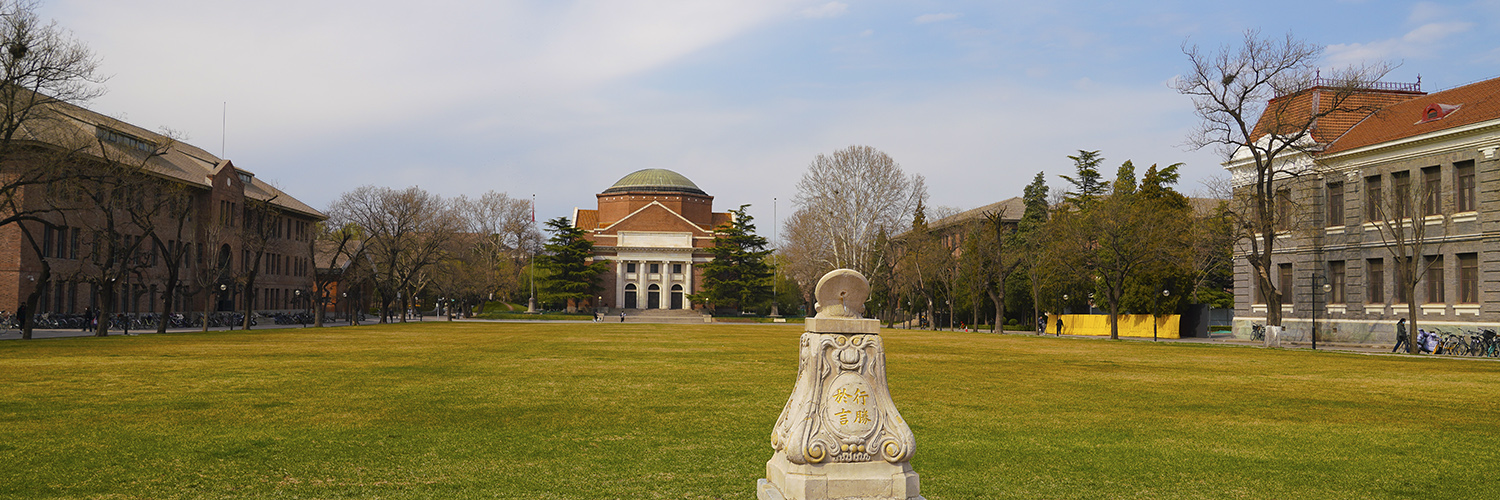| |||||||||
| 星期日 | 星期一 | 星期二 | 星期三 | 星期四 | 星期五 | 星期六 | |||
| 1 | 2 | 3 | 4 | ||||||
| 5 | 6 | 7 | 8 | 9 | 10 | 11 | |||
| 12 | 13 | 14 | 15科学史系学术例会第209期科学史系学术例会第209期Time: 09:00 - 12:00 河在瑩 黄鑫 人文楼B206 | 16 | 17讲座预告|Efthymios Nikolaidis:公元17—19世纪欧洲科学在奥斯曼帝国的传播讲座预告|Efthymios Nikolaidis:公元17—19世纪欧洲科学在奥斯曼帝国的传播Time: 09:30 - 11:30 From the fifteenth century to the early nineteenth, the Ottoman Empire ruled a vast and diverse realm across Europe, the Middle East, and North Africa. After conquering Constantinople in 1453, Sultan Mehmed II established the Millet system, granting religious communities’ autonomy, including control over education. Thus, Muslims studied in madrassas, while Orthodox Christians organized their own schools. Until the seventeenth century, Christian education remained limited to theology and philology, later expanding to include Ancient Greek science. Many Christian students pursued higher education in European universities such as Padua, becoming key intermediaries in transmitting modern European science to the Ottoman world.Because the Millet system restricted contact between Muslim scholars and Western education, new European scientific ideas entered the Empire mainly through the Greek-speaking Orthodox communities. These schools preserved the Byzantine educational tradition and taught in Greek, which became the medium for circulating works on modern science. However, the introduction of Copernican and other “new sciences” often clashed with entrenched Aristotelian doctrines, provoking theological and intellectual debates within the Orthodox Church.After the Treaty of Küçük Kaynarca (1774), a wealthy, cosmopolitan Greek elite emerged, fostering the “Greek Enlightenment” and further spreading European thought. Yet the French Revolution’s secular and egalitarian ideals triggered a conservative backlash from the Fener aristocracy and the Church.This lecture traces how European science entered and transformed the Ottoman intellectual landscape—from resistance and adaptation to its role in shaping the national movements that eventually contributed to the Empire’s disintegration. 人文楼B206 | 18 | |||
| 19 | 20清华科史哲讲座第100讲:范发迪,”多物种历史方法——可能性与挑战“清华科史哲讲座第100讲:范发迪,”多物种历史方法——可能性与挑战“Time: 15:00 - 17:00 This talk discusses the possibilities and challenges of studying history – particularly Chinese history and history of science – through the perspective and method of multispecies history. I suggest that multispecies history provides a valuable approach to studying Chinese history, one that enriches our understanding of the cultural, socioeconomic, and environmental history of China. However, the approach also presents particular challenges for historical interpretation and narration. I will consider these challenges and suggest ways to negotiate them. 人文楼B206 | 21 | 22科学史系学术例会第210期科学史系学术例会第210期Time: 09:00 - 12:00 王巍 程志翔 人文楼B206 座谈:范发迪,”The Recent Developments in the History of Science“座谈:范发迪,”The Recent Developments in the History of Science“Time: 15:30 - 17:00 人文楼B206 | 23 | 24清华科史哲讲座第101讲:Jim Woodward,”结构实在论与解释的依赖性解释“清华科史哲讲座第101讲:Jim Woodward,”结构实在论与解释的依赖性解释“Time: 09:30 - 11:30 This talk will explore some of the connections between a dependency relation/what-if-things-had- been-different (w)-account of explanation of the sort I have defended elsewhere, and a version of structural realism understood in terms of finding effective theories. Dependency relations are laws and causal relationships that can figure in answers to what-if-things-had-been- different questions and it is these that I propose to identify with "structure" in my version of structural realism. In the mathematicized sciences, dependency relations are typically described mathematically but we can extend the notion of structure to causal relations in disciplines like molecular biology which are largely not formulated mathematically. I will argue that in both mathematicized and non-mathematical sciences explanation is an important goal of science and that getting the dependency relations right in some domain is more important to successful explanation than getting the ontology or entities in that domain right. The result is arguably a kind of realism but realism about dependency relations, and less so about ontology. (I called this "instrumental realism" years ago.The idea is that we should be realists about the dependency relations-- what so-called instrumentalists tend to focus on -- and perhaps less so about the ontology. A pleasing feature of this view-- to me-- is that it is contrary to the views of many philosophers. Which suggests there is likely some truth in it.) Indeed, it is well-known that the “same” theory individuated in terms of a set of claims about dependency relations relations often can be associated with apparently very different ontologies, highlighting the derivative character of the latter for purposes of explanation. Moreover, we can often learn important facts about dependency relations while getting the ontology fundamentally wrong, at least from the perspective of later developments. (These claims are among the "structural realism" friendly commitments of the account I will propose.) Time permitting, I will also discuss the implications of this picture for the common philosophical project of "interpreting" scientific theories by finding a unique ontology (often with the expectation that this will be describable in ordinary or at least classical language) to associate with them. Even more time permitting, I will discuss the implications of this picture for claims about the role of "idealization" in science and the contention that scientific theories are full of "falsehoods". 人文楼B206 | 25 | |||
| 26 | 27 | 28 | 29科学史系学术例会第211期科学史系学术例会第211期Time: 09:00 - 12:00 刘年凯 左宁宇 人文楼B206 | 30 | 31 | ||||

我的微信
关注科学史微信公众号
微信扫一扫

